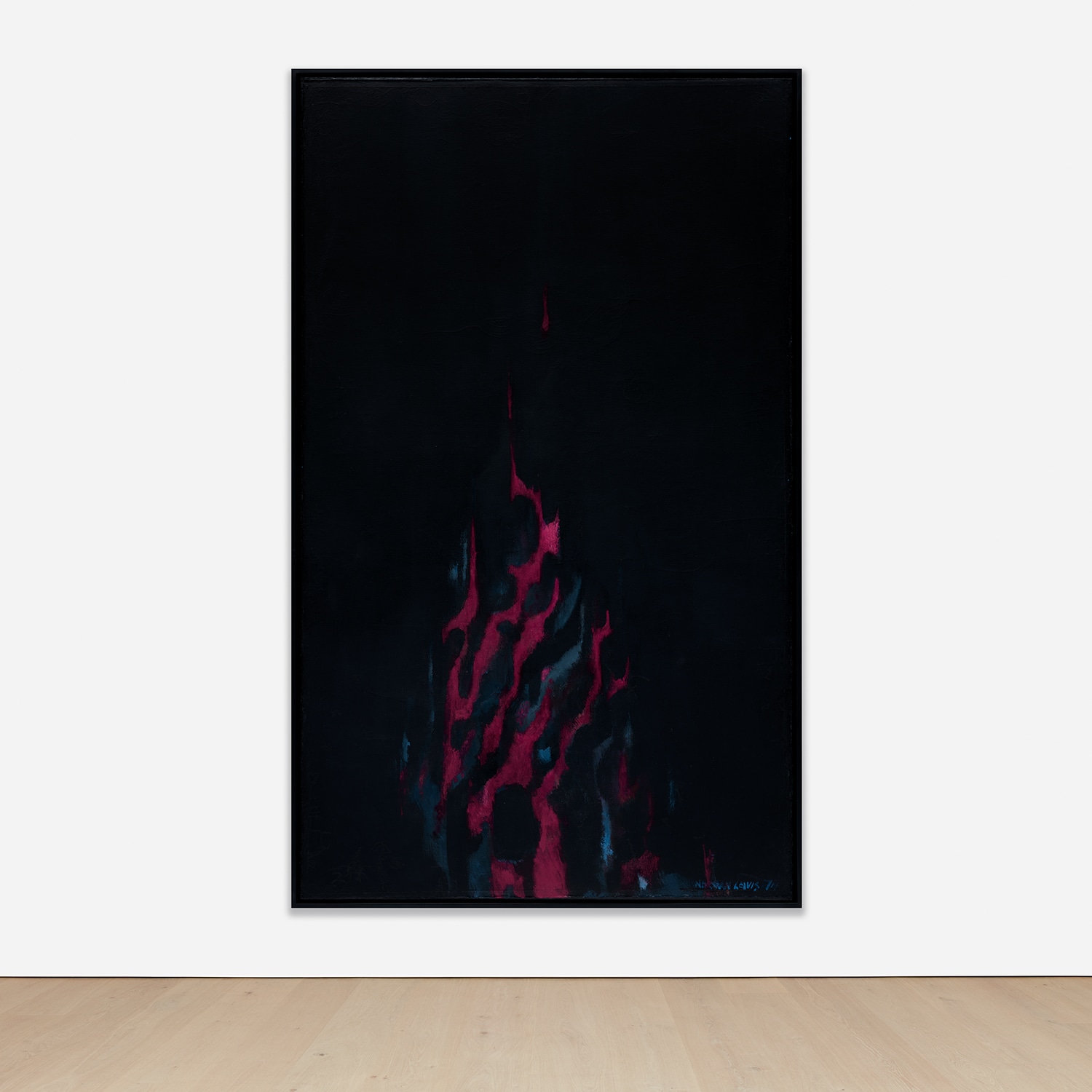



Property of a Distinguished New York Collector
116
Norman Lewis
Fleshy Phase
signed and dated “NORMAN LEWIS 74” lower right; titled and dated “1973 Fleshy PHASE” on the original stretcher
oil on canvas
83 x 49 1/2 in. (210.8 x 125.7 cm)
Painted in 1973-1974.